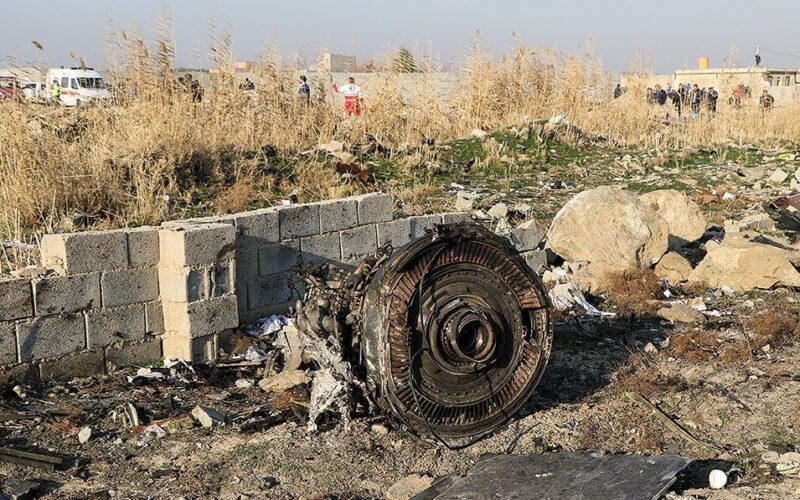After months of dithering, Iran sent to France the flight recorders of the Ukraine International Airlines Boeing 737-800 which was accidentally shot down shortly after taking off from Tehran in January 2020. Data extraction by the French Bureau of Enquiry and Analysis for Civil Aviation Safety (BEA) is about to begin.
Work should finally begin on July 20, 2020, to better understand what happened on that tragic day of January 8, 2020. A technical cooperation agreement between the BEA and the Accident Investigation Bureau of the Islamic Republic of Iran (AAIB) was signed earlier in July 2020. The data extraction will be carried out in the presence of Ukraine International Airlines, Boeing, Safran, as well as other foreign aviation regulators representing the various nationalities of the 176 victims.
@Boeing #737 UR-PSR @fly_uia / Attending the technical work at @BEA_Aero for Iran’s AAIB: @NTSB_Newsroom @Boeing @oaci @aaibgovuk @TSBCanada @AirlinesUkraine @SafranEngines Swedish Accident Investigation Authority & National Bureau of Air Accidents of Ukraine
— BEA (@BEA_Aero) July 20, 2020
In a preliminary report released on July 11, 2020, the Civil Aviation Organization of the Islamic Republic of Iran identified four “contributing links in the chain of events” that led to the tragic fate of the passenger flight, in a context of high military tension with the United States.
The main cause appeared to have been the incorrect setting of one of the missile systems that showed an erroneous flight path to its operator. Because of that human mistake, the path of Flight PS752 was shown as heading straight for Tehran, instead of away from the city. Consequently, two missiles were shot at the aircraft, killing the 176 people on board.
The arrival of the flight data recorder (FDR) and the cockpit voice recorder (CVR) on July 18, 2020, at the BEA headquarters near Paris–Le Bourget Airport (LBG) put an end to six months of diplomatic stalling.
@Boeing #737 UR-PSR @fly_uia / Start of the technical work on the Cockpit Voice Recorder (CVR): visual inspection, assessment & opening / Communication on behalf of Iran’s AAIB. pic.twitter.com/WynR3ilU9u
— BEA (@BEA_Aero) July 20, 2020
The black boxes had been quickly recovered after the crash, but tense discussions began as to whom would take care of the analysis. In the days following the crash, Iran said it would not send the recorders to the United States, where the aircraft was manufactured. Shortly after, words went around that the local aviation authority would carry out the data extraction themselves.
When the request to receive the necessary technologies and technical assistance from foreign investigators was denied, Hassan Rezaeifar, the head of the Iranian investigation team, eventually told the news agency IRNA that the black boxes would be sent to Ukraine and that the data would be extracted with the assistance of specialists from the French Bureau of Enquiry and Analysis for Civil Aviation Safety (BEA).
But after evidence emerged that the Iranian authorities kept their responsibility in the accident secret for three days, cooperation between Tehran and Kyiv turned sour. Volodymyr Zelensky, President of Ukraine, accused Iran of hiding the truth, while the Iranian authorities criticized their Ukrainian counterparts for sharing information with the public.
Additionally, negotiations regarding the compensation for victims’ relatives, as well as to Ukraine International Airlines for the loss of aircraft added to the diplomatic chaos. On July 7, 2020, the Ukrainian Foreign Ministry said that Iran had turned down an offer to start the discussions. Two days later, the Iranian embassy in Ukraine denied any obstruction from the Islamic republic in a statement to the Kyiv Post and said talks were expected to begin from July 20, 2020.

